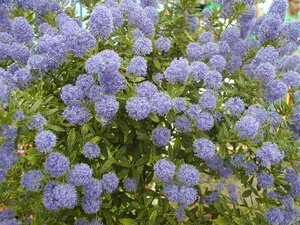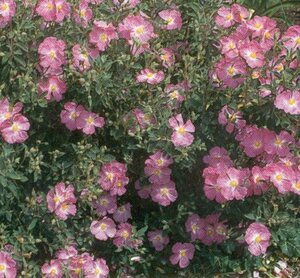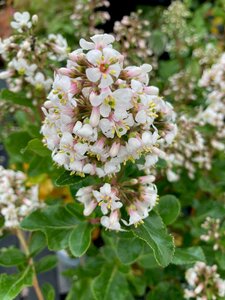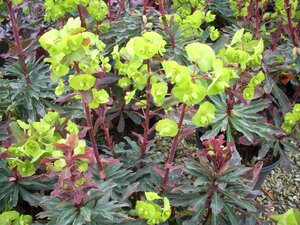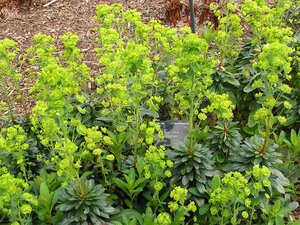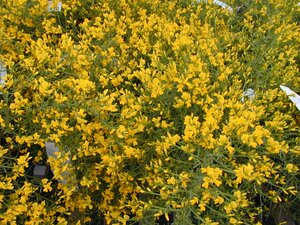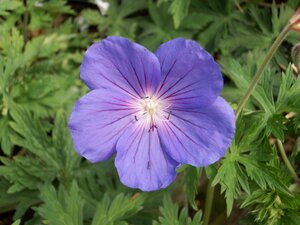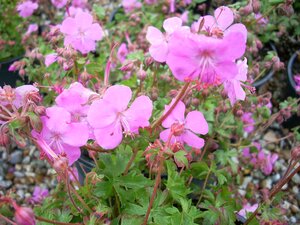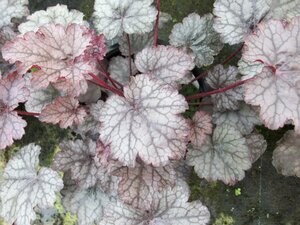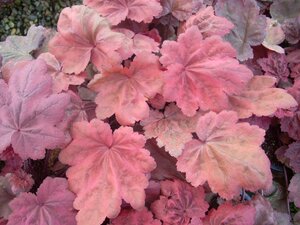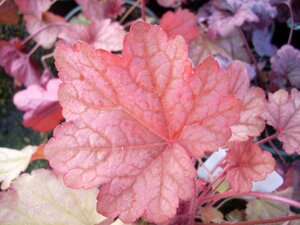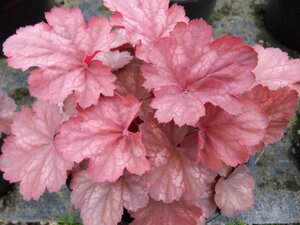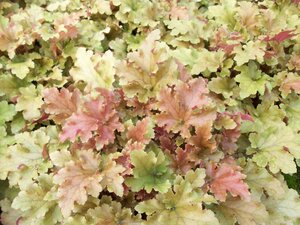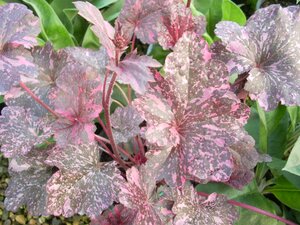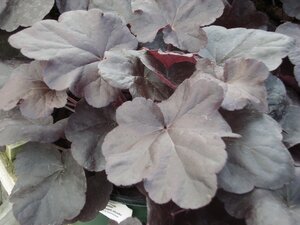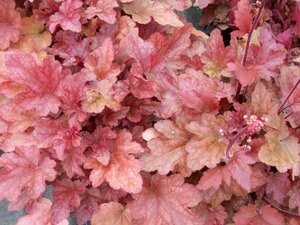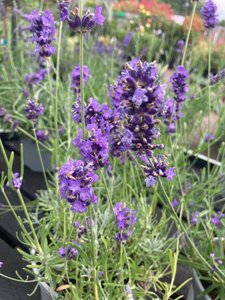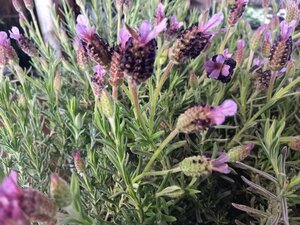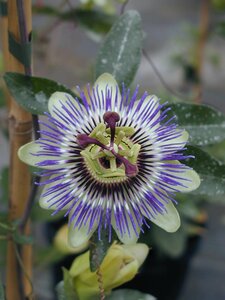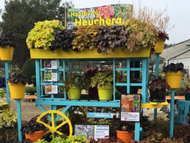Drought Tolerant Plants
At Thompson's, we have a considerable range of plants that can tolerate dry conditions once they are established. Many drought-tolerant plants have silver or grey-green leaves, their light leaf colour reflecting the harsh rays of the sun. Some have a coating of fine hairs on their leaves or stems, helping to trap moisture around the plant tissues. At Thompson's, we pride ourselves on growing a large variety of plants for different conditions in your garden. We also offer a 3-year hardy plant guarantee so that you can buy your plants with confidence. To see our full range of plants that suit drought tolerant conditions, pop into your local branch and have a chat with a member of our team.
Filter products
Why Choose Drought-Tolerant Plants?
Choosing drought-tolerant plants offers numerous benefits. Firstly, they help conserve water resources, making them environmentally friendly. Secondly, they reduce water bills and maintenance efforts, making gardening more cost-effective and manageable. Moreover, they add texture, color, and unique charm to your landscape, creating a beautiful and inviting garden that will be the envy of the neighborhood.
Where to plant drought tolerant plants?
Drought-tolerant plants can be strategically placed in various areas of the garden. Consider planting them in:
- Xeriscapes: These are areas specifically designed to minimize water usage, making them perfect for showcasing drought-resistant plants.
- Sunny Spots: Most drought-tolerant plants thrive in full sunlight, so consider planting them in areas with direct sunlight for the majority of the day.
- Rock Gardens: The low-maintenance and striking appearance of these plants make them ideal for rock gardens, adding flair to the rocky landscape.
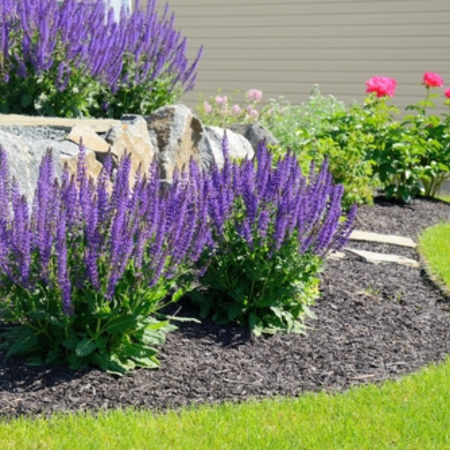
How about adding some of these to your garden?
The Thompson's Top 5 Drought Tolerant Plants
- Lavender (Lavandula angustifolia): Known for its aromatic fragrance and stunning purple blooms, lavender is a popular choice for drought-resistant gardening. This resilient plant thrives in well-drained soil and enjoys plenty of sunlight.
- Succulents (e.g., Sempervivum, Echeveria): Succulents are masters of water retention, making them ideal for arid conditions. These eye-catching plants come in various shapes and colors, adding a unique touch to any garden.
- Yarrow (Achillea millefolium): Yarrow is a hardy perennial that boasts clusters of delicate, flat-topped flowers. It adapts well to dry conditions and requires minimal maintenance once established.
- Russian Sage (Perovskia atriplicifolia): With its silvery foliage and airy purple-blue flowers, Russian sage is a low-maintenance, drought-resistant plant that brings an ethereal charm to your garden.
- Agapanthus (Agapanthus africanus): Also known as the Lily of the Nile, agapanthus features beautiful clusters of trumpet-shaped flowers. It thrives in dry, sunny spots and can withstand neglectful watering.
Do's and Don'ts with Drought-Tolerant Plants:
Do:
- Choose native drought-resistant species, as they are well-adapted to the local climate and soil conditions.
- Apply a layer of organic compost regularly to enhance soil quality and moisture retention.
- Group plants with similar water needs together for efficient watering.
Don't:
- Overwater! Drought-tolerant plants can suffer from root rot and other issues if the soil is consistently too wet.
- Plant in areas with poor drainage, as this can lead to root problems and waterlogged soil.
- Fertilize excessively, as these plants generally prefer nutrient-poor soil.
Need Help With Your Planting?
Whether you're planting your Ceanothus Concha, Euphorbia amygdaloides Purpurea or Heuchera, by following a few simple steps, you'll be giving your plants the best possible start to life in your garden.
-
Dig the hole a little deeper than the size of the container and twice as wide.
-
Loosen the soil in the hole so that it is crumbly.
-
Mix a small amount of good-quality multipurpose compost into the hole.
-
Remove the plant from the pot and gently tease out a few of the roots.
-
Place your plant in the hole making sure you don't bury the stem.
-
Refill the hole with a mixture of soil and multipurpose compost.
-
Firm the soil around the plant, making sure you don't press down on the root ball.
-
Water well, and keep well watered in the first season whilst it establishes itself.
If you need any other assistance with your garden plants, then please get in touch. Our experts are always on hand to answer your questions. Mail us at [email protected].


